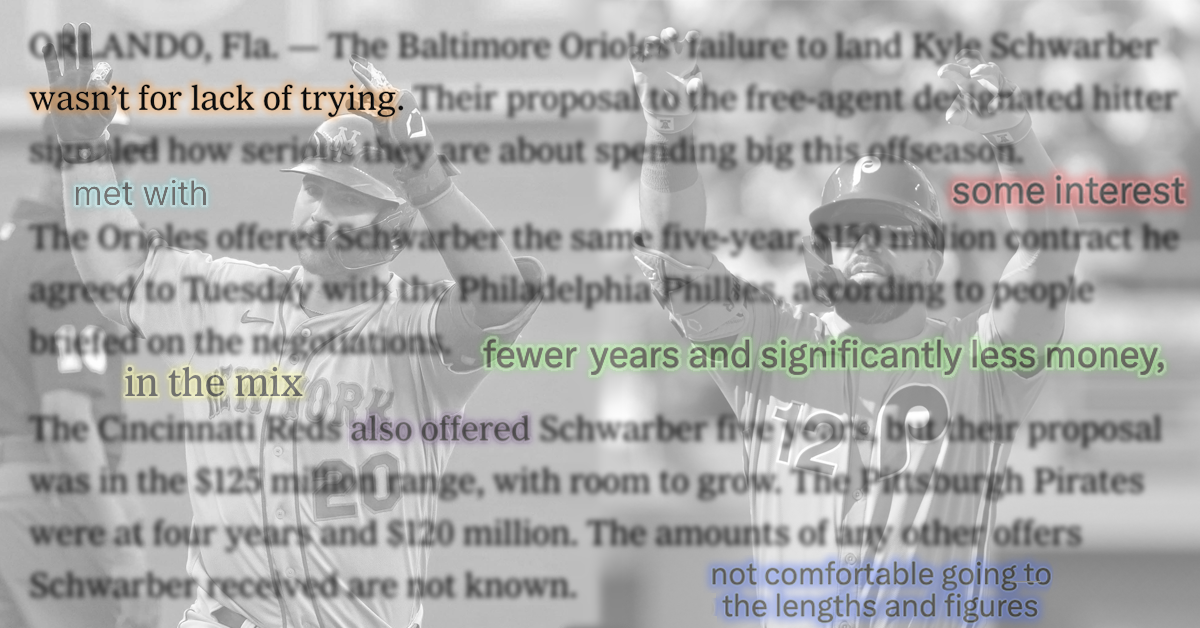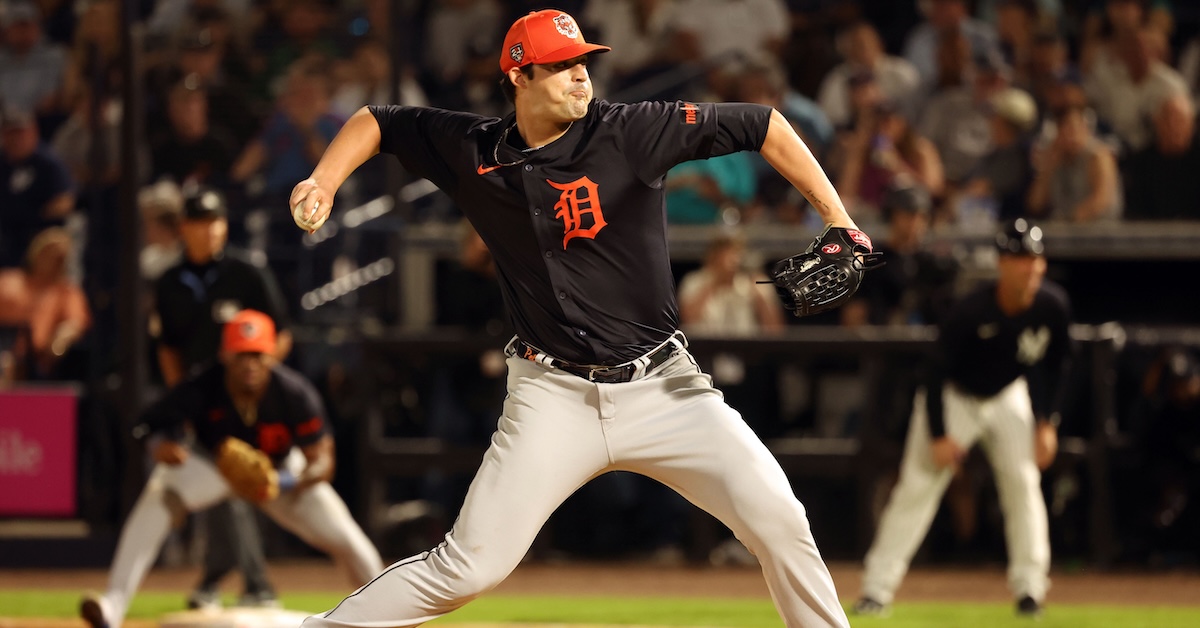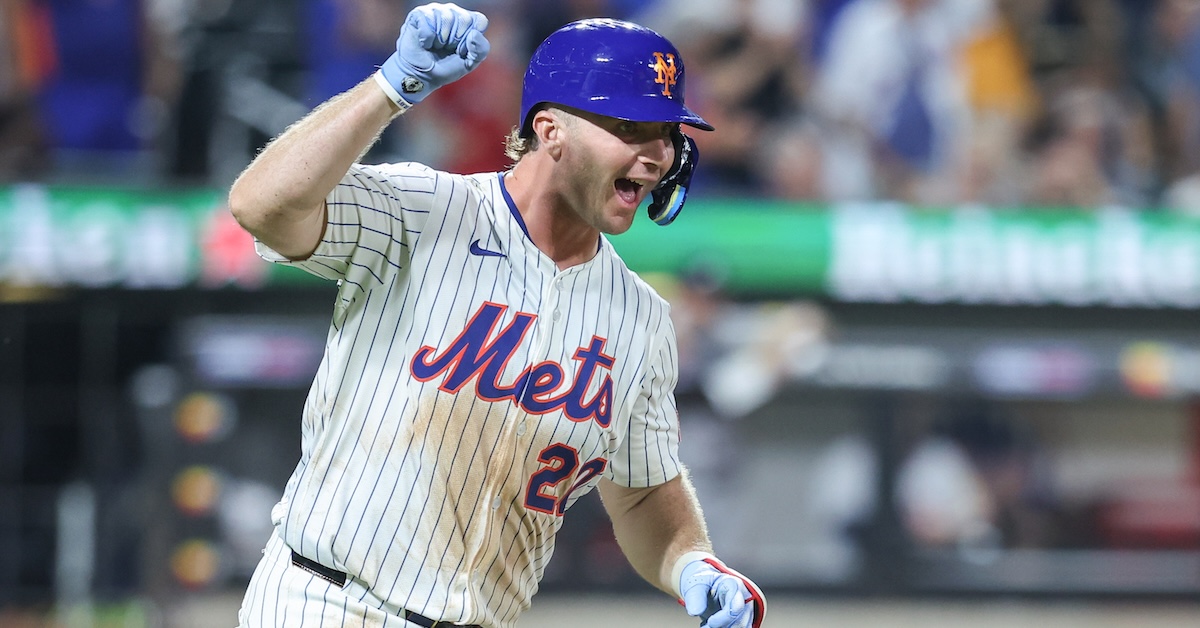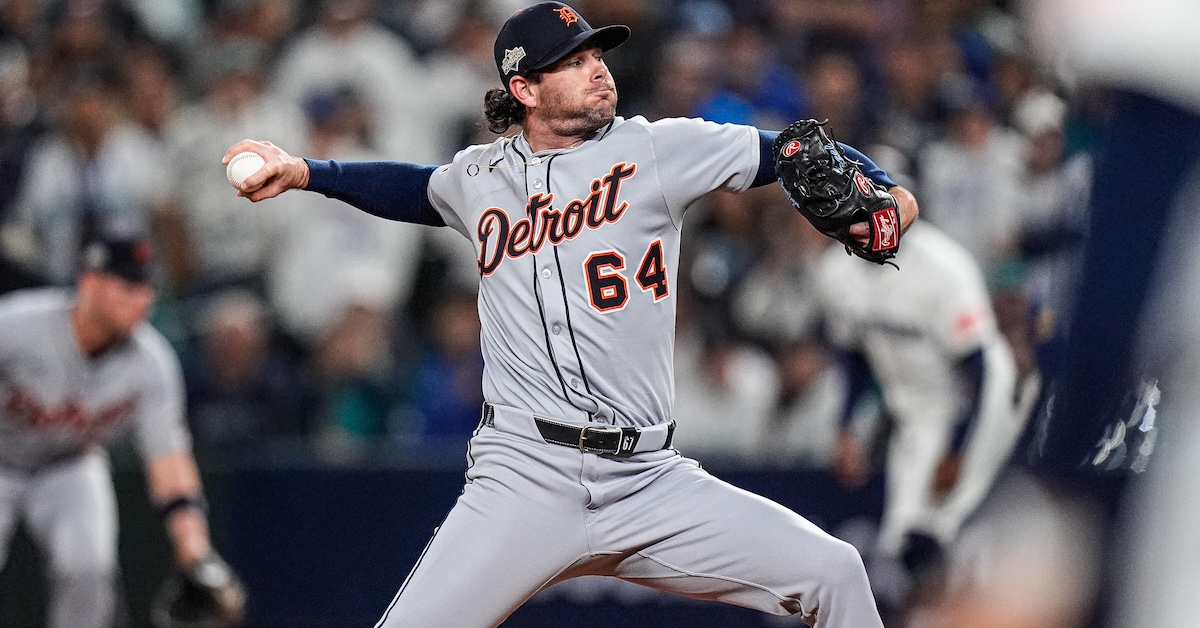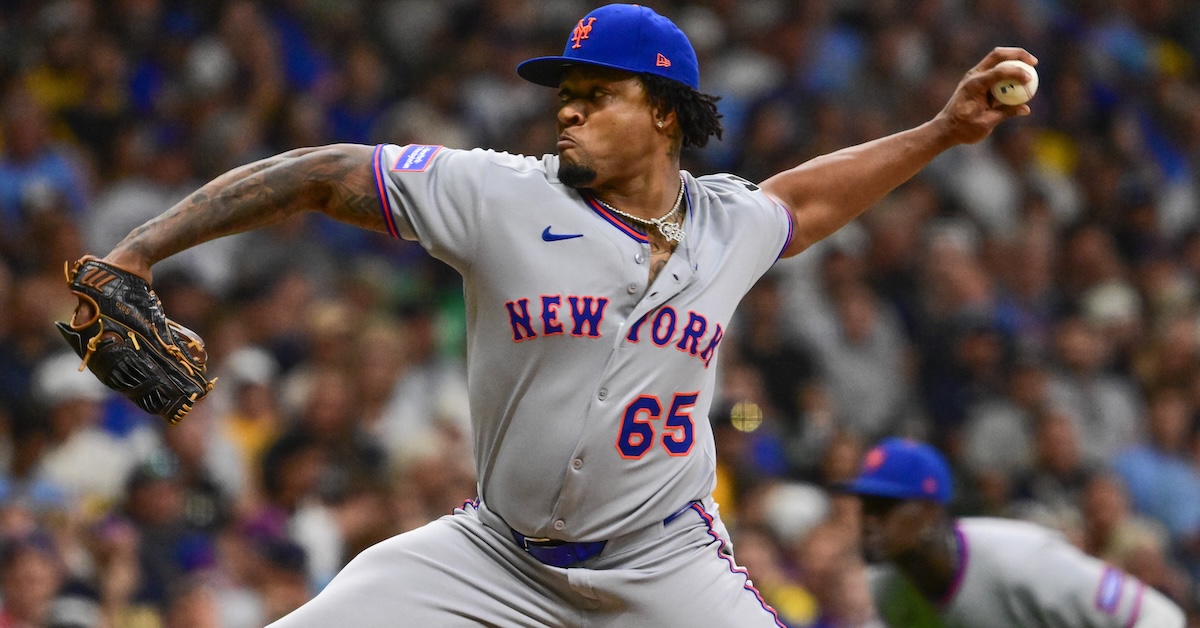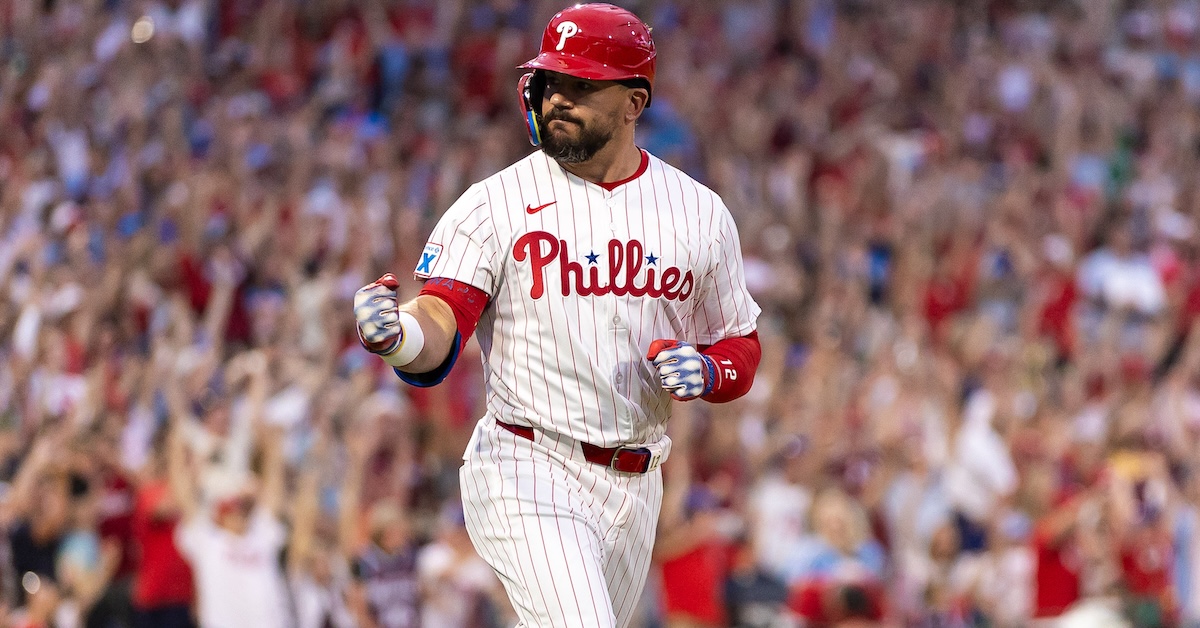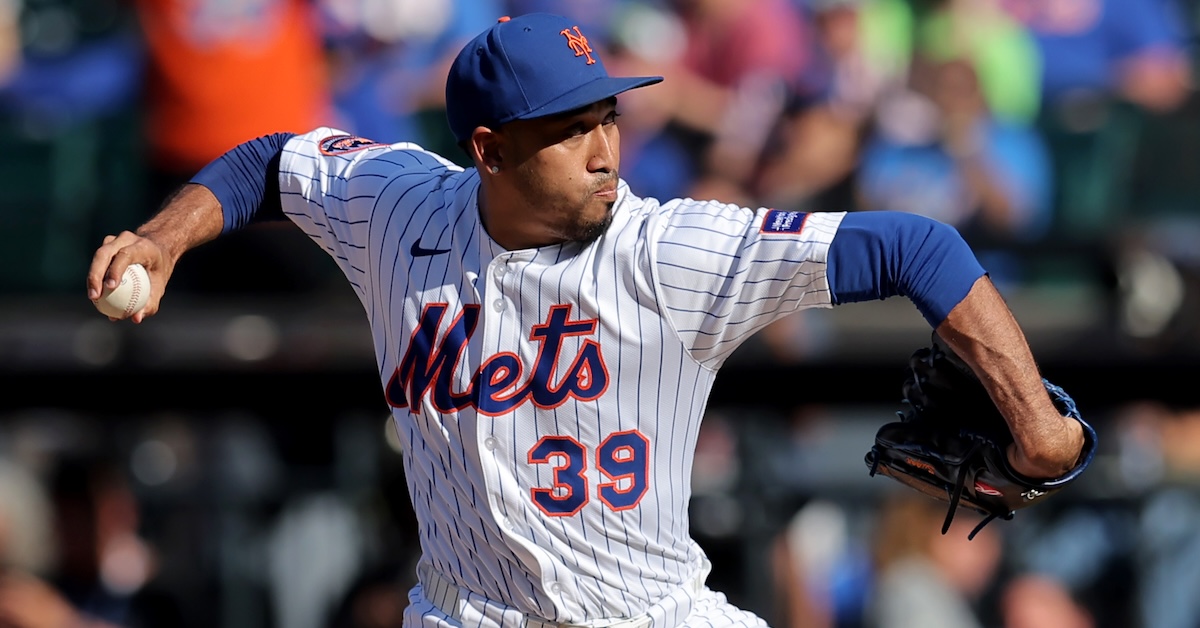Braves Bolster Bullpen by Adding Robert Suarez
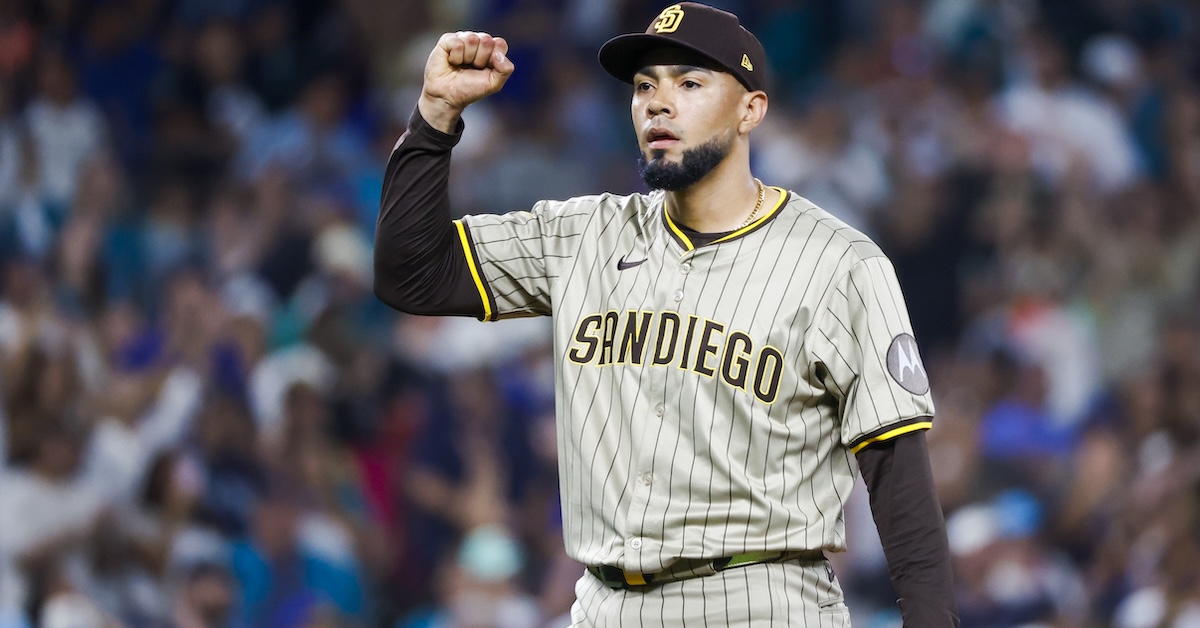
Last month, the Braves retained Raisel Iglesias following a rollercoaster season in which he temporarily lost his closer job before reclaiming it and dominating down the stretch. Mind you, a stretch during which the team was playing out the string on its way to an 86-loss season and a fourth-place finish in the NL East. Now Atlanta has added another late-game reliever in Robert Suarez, who after opting out of his deal with the Padres has agreed to a three-year, $45 million contract with the Braves.
Suarez, who will turn 35 on March 1, spent the past four seasons with the Padres after pitching in Japan from 2016–21, a span interrupted by Tommy John surgery in ’17. After a strong stateside debut in 2022, he rejected a $5 million player option and quickly re-signed with San Diego on a five-year, $46 million contract. That deal paid him $10 million annually from 2023–25 and included performance bonuses as well as a pair of $8 million player options, which he declined after this year’s World Series, allowing him to hit the open market. Reportedly, his new deal pays him $13 million in 2026, with salaries of $16 million in both ’27 and ’28; none of the money is deferred. With that, the Braves currently have the relievers with the fifth- and sixth-highest average annual values in the majors, with only Edwin Díaz ($23 million AAV), Josh Hader ($19 million AAV), Tanner Scott ($18 million AAV), and Devin Williams ($17 million AAV) ahead of Iglesias ($16 million, on a one-year deal) and Suarez ($15 million AAV).
Suarez made the NL All-Star team in both 2024 and ’25 while closing for the Padres, putting up a pair of superficially similar seasons: a 2.77 ERA in 65 innings, with 36 saves (third in the league) in 42 opportunities in the former, and a 2.97 ERA in 69 2/3 innings, with an NL-high 40 saves in 45 opportunities in the latter. Below the surface, his FIP dropped from 3.49 to 2.88, driven by a spike in strikeout rate from 22.9% to 27.9%, and less dramatic drops in his already-low walk rate (from 6.2% to 5.9%) and home run rate (from 0.97 per nine to 0.78). As a result of that improved FIP, his WAR more than doubled, from 0.9 to 1.9. Read the rest of this entry »
